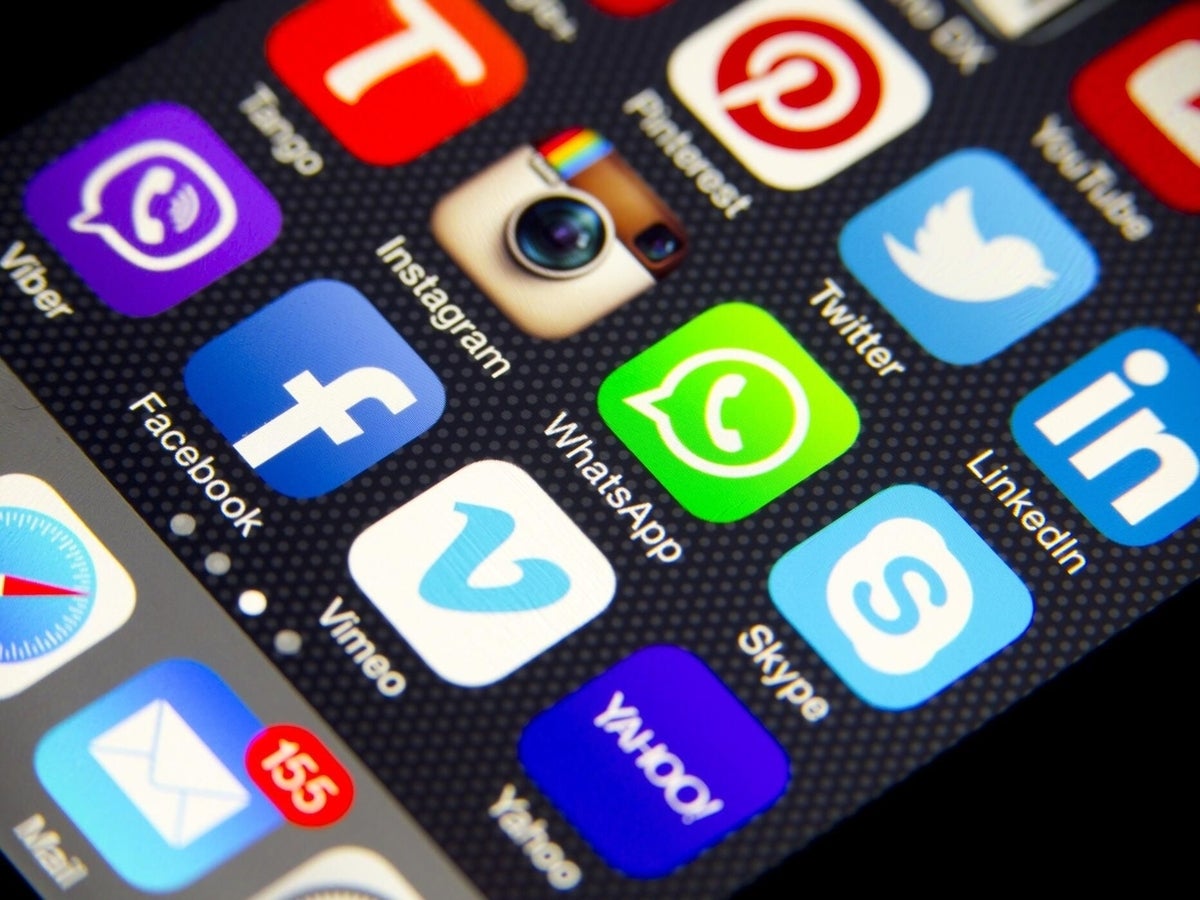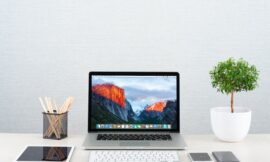
Every time I make the statement that Android is the most popular mobile operating system on the planet, a certain cross-section of people look at me as though I’ve lost my mind. They’ll also make statements like, “I don’t even know any Android users.” Those people who question my sanity, without fail, hail from the United States.
SEE: Electronic communication policy (TechRepublic Premium)
Jump to:
Android vs. iOS market trend over the years
You see, there’s a unique trend that’s been remarkably consistent over the past few years:
- Android holds a huge market share lead over iOS around the world.
- iOS holds a solid market share lead over Android in the U.S.
According to the latest stats from Statcounter, the global market share looks like this:
- Android: 67.56%
- iOS: 31.6%
But in the U.S., that market share looks like this:
- iOS: 62.13%
- Android: 37.47%
However, Android wasn’t always in the lead globally. Based on Statcounter numbers from the past 14 years, iOS at one point had a larger global share over Android. As other mobile operating systems like Symbian OS and BlackBerry OS fell by the wayside, Android started to pick up the slack. In recent years, iOS has begun to recapture some of its lost global share, but is still behind Android.
Global vs. U.S. market share by OS by year
| Month/Year | Android (global) | iOS (global) | Android (U.S.) | iOS (U.S.) |
|---|---|---|---|---|
| December 2022 | 72.37% | 26.98% | 43.75% | 55.85% |
| December 2021 | 70.01% | 29.24% | 40.54% | 59.15% |
| December 2020 | 72.48% | 26.91% | 38.76% | 61.07% |
| December 2019 | 74.13% | 24.79% | 44.29% | 55.55% |
| December 2018 | 75.16% | 21.98% | 42.75% | 56.91% |
| December 2017 | 73.54% | 19.91% | 45.04% | 54.42% |
| December 2016 | 71.97% | 18.89% | 45.14% | 53.7% |
| December 2015 | 65.9% | 19.21% | 45.65% | 51.86% |
| December 2014 | 59.15% | 23.51% | 47.32% | 49.54% |
| December 2013 | 42.99% | 21.82% | 39.25% | 51.75% |
| December 2012 | 33.19% | 23.26% | 40.22% | 50.49% |
| December 2011 | 21.83% | 22.71% | 40.92% | 42.52% |
| December 2010 | 13.6% | 23.57% | 25.46% | 33.55% |
| December 2009 | 4.07% | 32.05% | 10.62% | 53.26% |
In the United States, iOS’s lead over Android has fluctuated since rival operating systems fell off the charts in the early 2010s. But, Apple’s OS has still consistently been the more popular of the two platforms in the U.S. year after year.
However, on a global market scale, Android still tops Apple by a large margin.
Android and iOS: Cost vs. popularity
Android holds the global market share largely due to its affordability compared to Apple worldwide. However, Apple’s cost spreading in addition to its branding and presence in pop culture give it an edge in the U.S. market space.
Cost
The primary reason why Android rules the global market is cost. In many countries (with significantly higher populations than the U.S.), people have far less disposable income. Because of that, the first factor in deciding on a phone is cost. In that arena, Apple simply cannot compete with Google.
Run a quick search on Amazon, and you’ll find Android phones starting at $49.99 with the BLU Advance L5 That’s right, less than $50. The cheapest iPhone on Amazon is a Tracfone Apple iPhone 7 4G, starting at $97. Ignoring the fact that both devices are nearly obsolete, you can have a low-end version of one for cheap, while the other device will cost you almost $100.
For some, $100 is like change in the sofa. For others, it’s a month’s wages or more. To that end, Android is the clear choice. Given the rampant poverty in so many countries around the globe, the existence of cheap phones makes Android a better option over iOS.
The biggest factor in the Android hold over global market share could likely be boiled down to Asia, a continent with a massive population, where more than 320 million people live in extreme poverty. That’s nearly the population of the United States (as of 2023, the population of the U.S. was 340 million).
If it weren’t for carriers distributing payments for iPhones over time, we’d probably see the U.S. and global market shares more in line with one another.
Because carriers in the U.S spread the price of devices out over two years, a $700 iPhone becomes a doable purchase for most. This is made even more attractive when you’re looking at a flagship device. Just about any American can own a top-of-the-line iPhone when the price is broken into monthly installments — that equates to cost no longer being a factor.
Brand
Apple is huge. There’s no way around it. As a brand, Apple has control over everything with its products. Unlike Android devices, where Google creates the operating system and OEMs produce the hardware, Apple maintains everything. Because of that, Apple can keep a stranglehold over quality control, such that their products (for the most part) enjoy a “top to bottom” reliability.
You rarely hear of people complain about Apple hardware. The intersection of Apple hardware and software cannot be bested. Even Google Pixel devices don’t enjoy that same level of consistency.
As a brand, people in the U.S. trust Apple more than Google. That trust goes well beyond phones and into data, and what is done with said data. Beyond trust, Apple’s brand is just shinier and more polished than Google’s. Consider the commercials for both iPhones and Android devices. Apple never fails to release commercials with the exact hip sheen that consumers in this country want to see.
Google, on the other hand, tends to lean more heavily on the cuter side of advertisement. Their logo is even an adorable robot. So when American consumers see the two different commercials, one simply looks more professional. Apple never fails to present itself as a complete brand and that’s important to consumers in wealthier countries.
Pop culture
The United States is a country constantly under the thrall of pop culture. I’d go so far as to say I rarely see an Android phone being used in TV or film. When you hear a message chime or incoming call on the screen, it’s almost always the sound of Apple cashing in. I do see Android devices being used on occasion, but for the most part, TV and film default to Apple.
That holds powerful sway over consumers. The court of public opinion keeps a watchful eye on their favorite shows and their favorite characters in their favorite shows. When viewers see their favorite characters holding an iPhone, they might feel compelled to buy one.
The conclusions are easy to draw
Around the globe, appearance and trends aren’t nearly as important as practicality. Those in poverty likely aren’t looking at the brand or the features when choosing a phone. So long as the phone can place calls and (on occasion) get online, it can serve its purpose. If Apple were to release an iPhone that could compete with Android on the low-end market, it would give Google a serious run for its money. I don’t look for that to happen any time soon, so Android will continue to dominate the global phone market for years to come.
Source of Article



